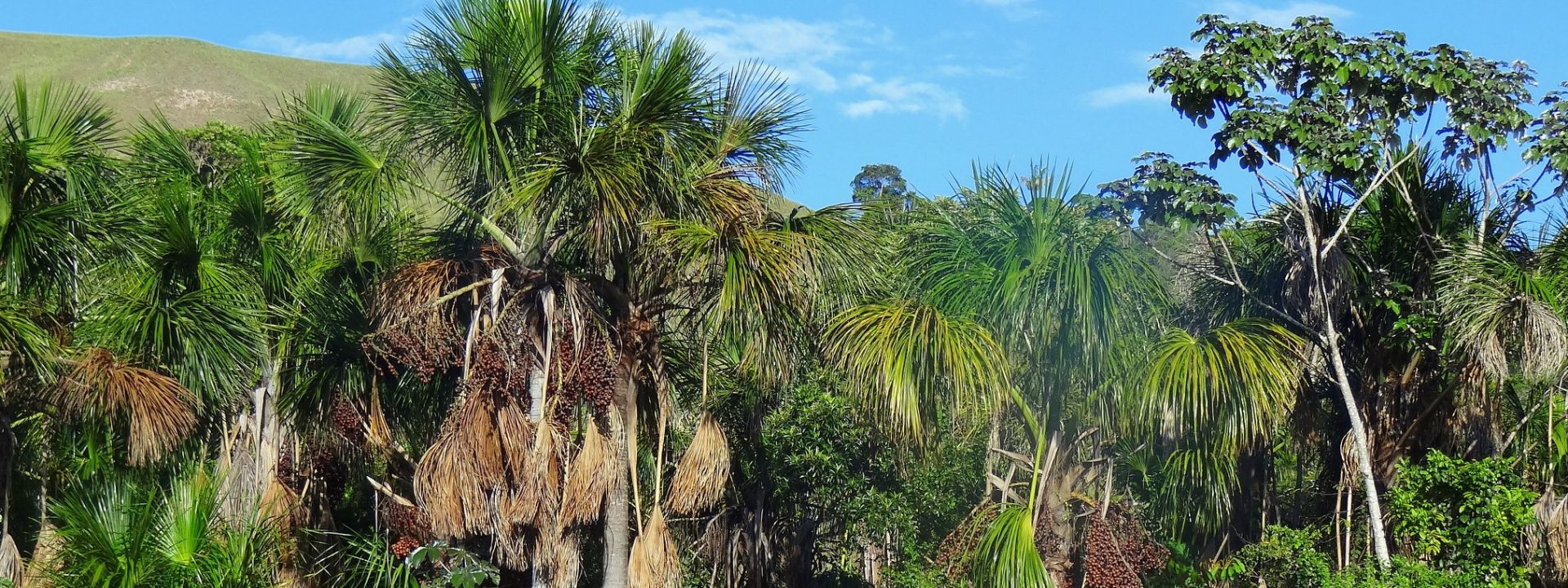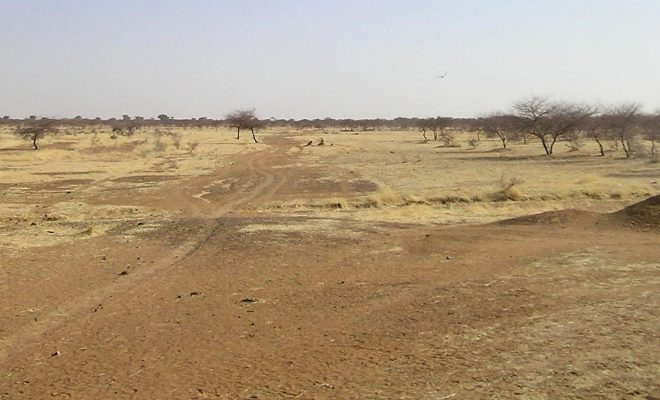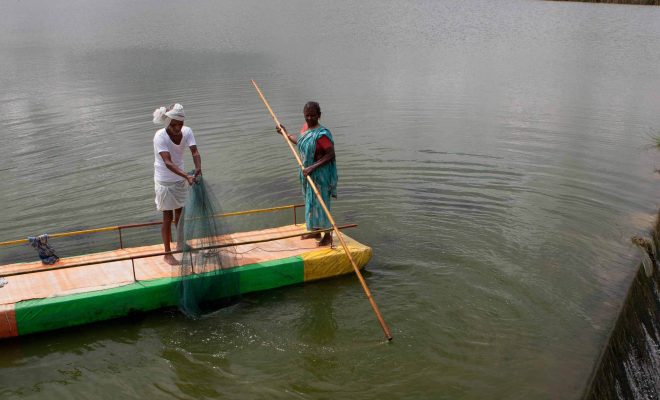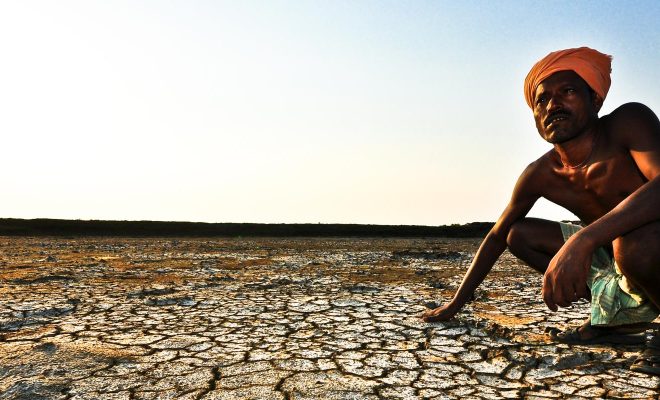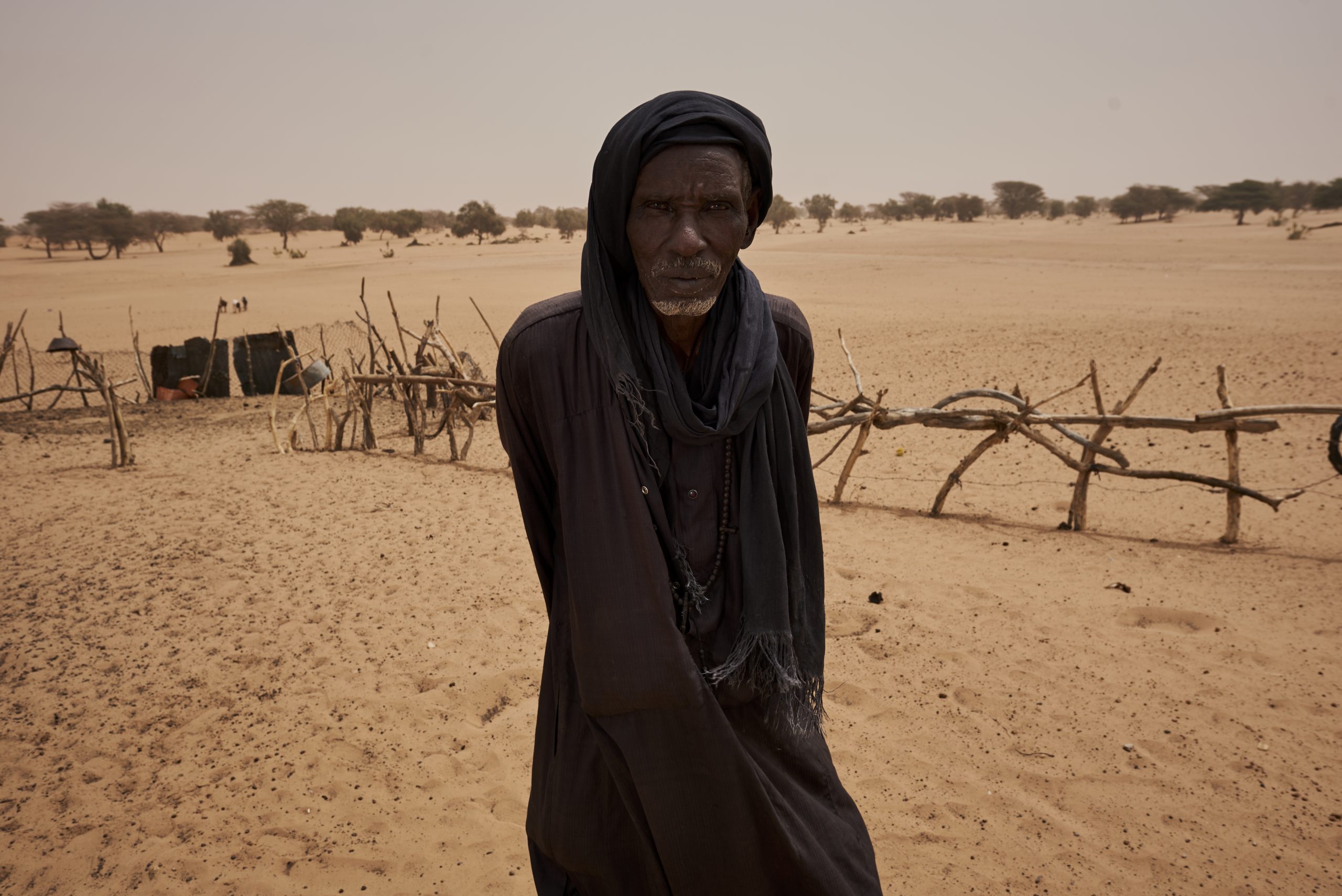
By 2025 two thirds of the world will be in “water stress” conditions and 1.8 billion people will be suffering from absolute water scarcity @ Carlos Garriga / Fundación We Are Water
Some 24 billion tons of fertile soil are lost to desertification each year. It is a process that is advancing because of the vulnerability of the ecosystems of the dry zones that cover one third of the planet’s surface. Overexploitation and inappropriate land use, deforestation and poor irrigation practices are the main triggers of desertification and water resource depletion. It is a serious threat to the attainment of the SDGs since, according to the UN, by 2025 two thirds of the world will be in “water stress” conditions and by then 1.8 billion people will be suffering from absolute water scarcity.
According to FAO and the World Bank, migratory movements are likely to increase as a result of desertification, and it is estimated that by 2045 this process will be responsible for the displacement of around 135 million people.
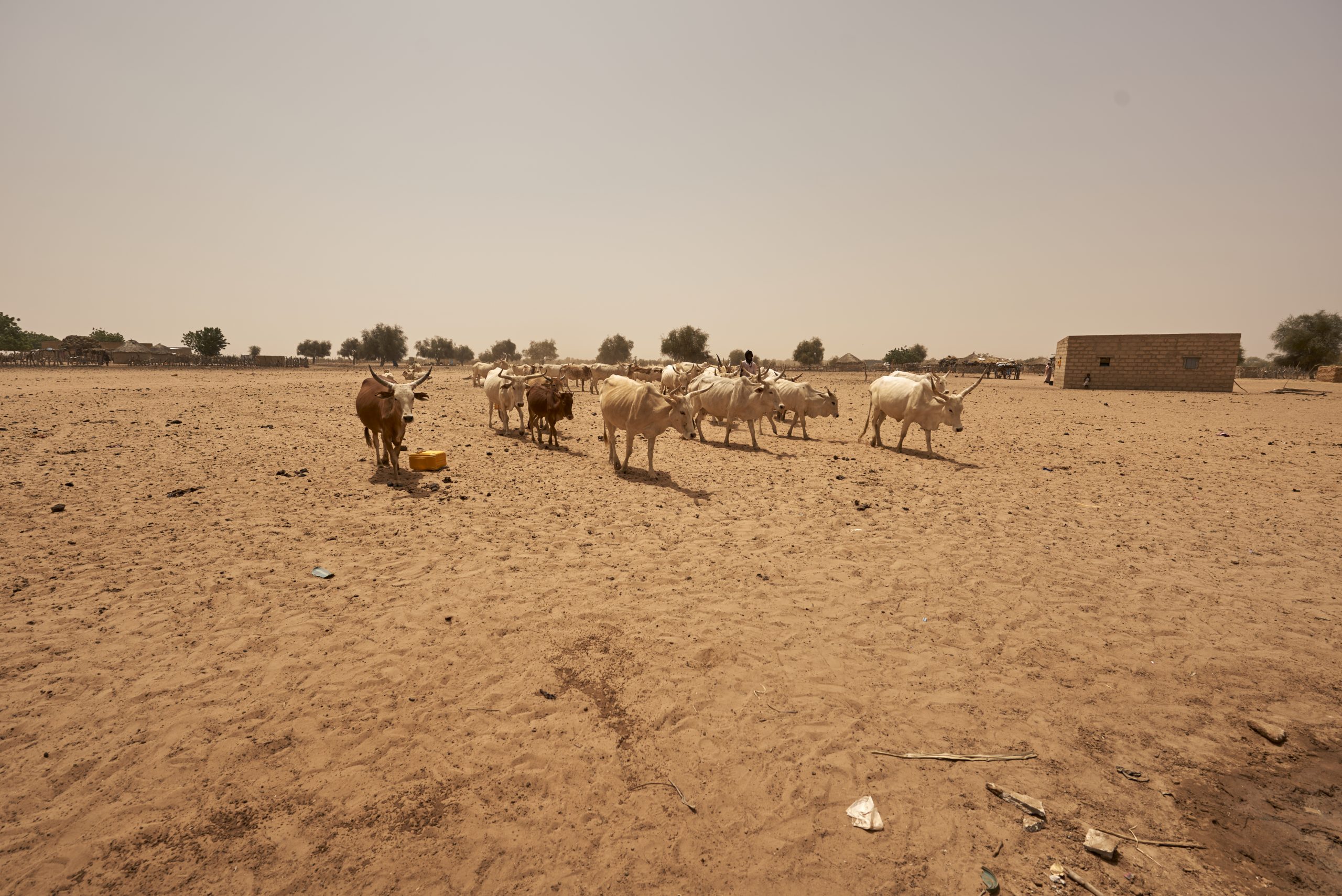
Some 24 billion tons of fertile soil are lost to desertification each year. @ Carlos Garriga / We Are Water Foundation
The World Meteorological Organization (WMO) predicts that the average annual river runoff and water availability will increase by 10 to 40 percent in high latitudes, but decrease by 10 to 30 percent in some dry regions in the mid-latitudes and dry tropics; and these areas are where the highest poverty rates are found. In these climate areas, soil degradation due to droughts will increase, as will soil erosion due to heavy rainfall, which is also expected to increase significantly.
With these prospects, there is an urgent need to protect the soil and ensure its functions in safeguarding biodiversity, which is essential for the stability and productivity of any territory.
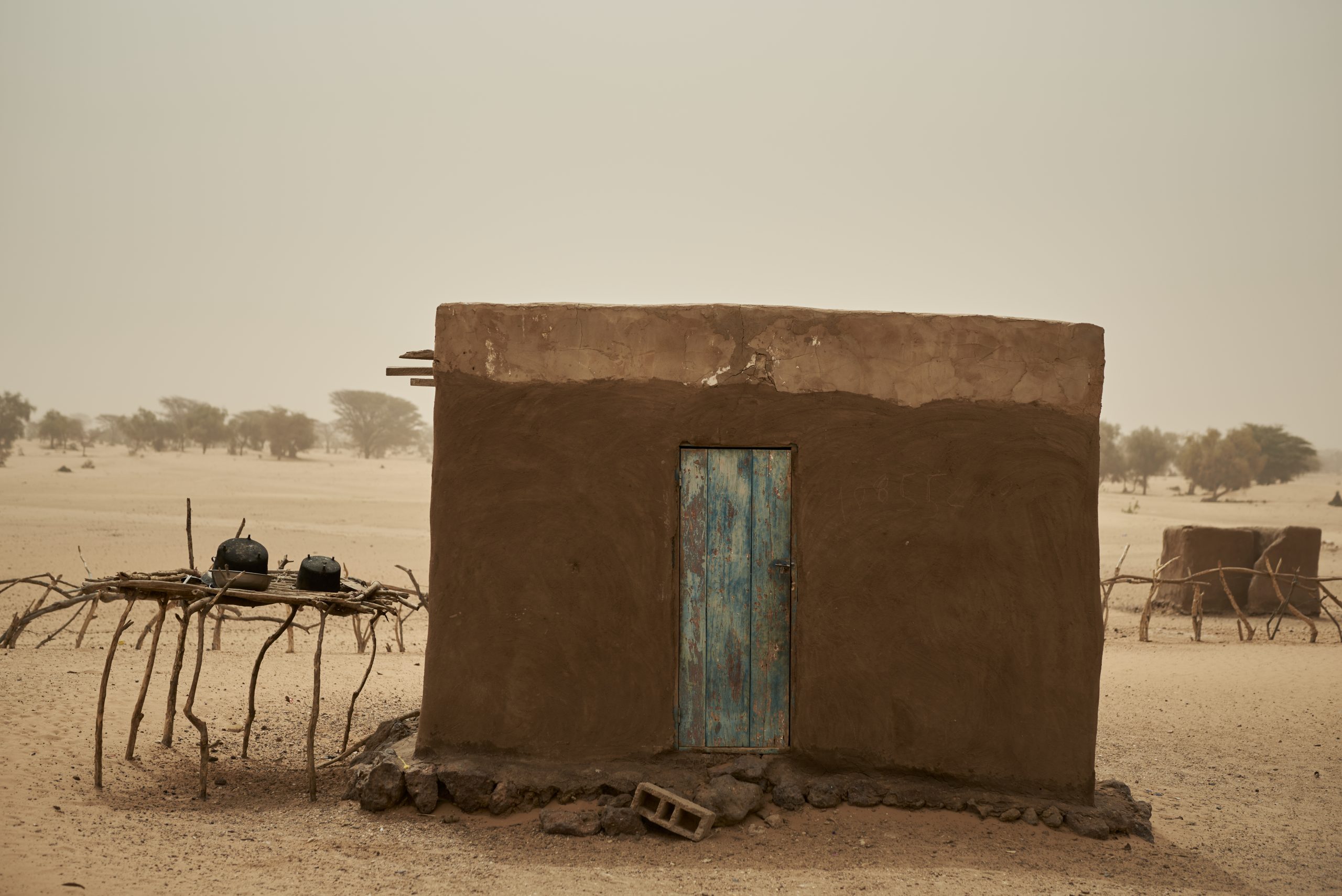
There is an urgent need to protect the soil, which is essential for the stability and productivity of any territory © Carlos Garriga / We Are Water Foundation
The social impact of the pandemic we are experiencing is awakening the awareness that collective and supportive thinking is one of the best tools to combat threats to humanity. For millions of years, nature has created survival models from which we can learn. One of them is the unique “solidarity” distribution of the roots of a simple South American palm tree. In 2016, the scientist and writer Jorge Wagensberg (1948-2018), on a trip to Brazil, discovered the meaning of its uniqueness and explained it to us in a beautiful text dedicated to the work of raising awareness of the We Are Water Foundation. The stimulating metaphor of the Buruti palm tree:
The exemplary solidarity of a palm tree called Buruti
By Jorge Wagensberg
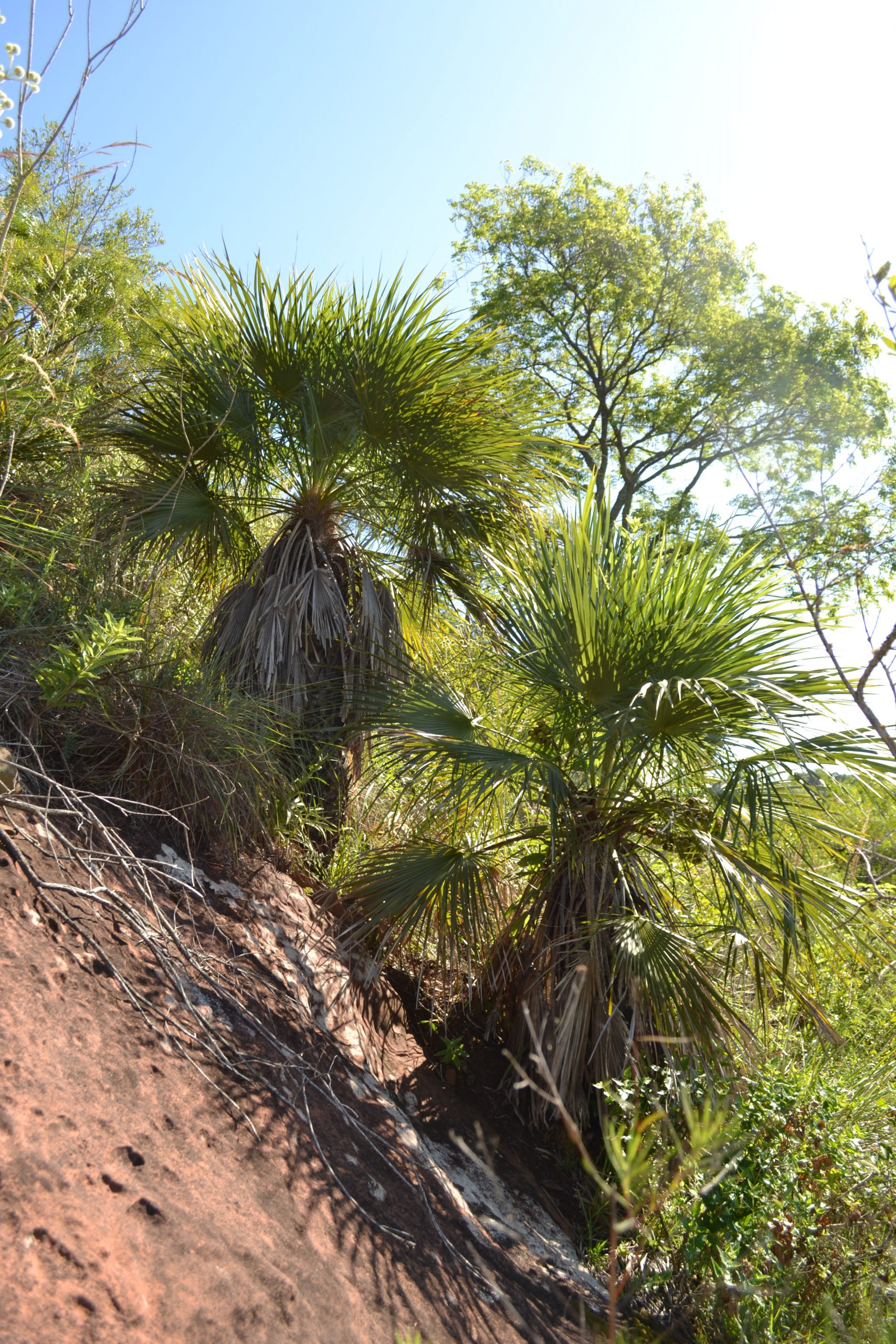
The Buruti palm tree spreads water over the surface of the thirsty soil. © Henrique Mallmann
Sun and water, these are two essential elements when it comes to understanding a landscape. A few weeks ago, while walking with some Brazilian botanists through the American savannah, I came across a story that, by now, is already the research topic for a doctoral thesis. I suddenly understood that all the trees in this landscape had something in common: their branches were perpendicular to the trunk, that is, parallel to the ground. And I thought, once again, what understanding means in science: understanding is the minimum expression of the maximum shared. In other words, the branches parallel to the ground are a good part of understanding the savannah. There is too much light and not enough water here, there is far too much light and a tremendous lack of water. That is why the roots sink into the ground and go deeper than twenty meters in search of water. On the other hand, as light is not a limiting factor, the branches can take over the territory by migrating horizontally.
I was overcome by emotion when remembering that the exact opposite happens in the tropical forests. In fact, in this landscape there is too much water and not enough light if one is not in the first line of the sun. For this reason, the branches shoot out parallel to the trunk and perpendicular to the ground in a hurry to dispute that first row, while the roots are mainly concerned with maintaining the stability of the tree’s structure by migrating horizontally. In short, let us imagine a typical Amazon tree without fruit, leaves or flowers, that is, let us imagine its trunk, branches and roots as if they were a skeleton hanging in the air. And let us make a 180º rotation. The branches will take the place of the roots and the roots will take the place of the branches of a tree… of the savannah!
But the relevance of the availability of light and water may not be limited to the extreme cases. What happens in the intermediate cases? A riverbank tree, like the poplar, has the structure of a tree in a situation of excess water and competition for light. But, what happens as a tree’s natural habitat moves away from water? Will the angle between branches be a function of the distance to the water? Here is a good question that does not yet have a very convincing answer.
In the Brazilian savannah you can also find a very special palm tree called Buruti. It is special because its whimsical structure is also understood according to the revealing water-light binomial. In fact, its roots seem to suffer from a schizophrenic dilemma because they clearly show a double strategy: it has deep roots to pump water from incredible depths of more than twenty meters during the day, when the savannah’s sun punishes the soil. However, it also has roots that spread out horizontally so that, during the hours of low light when evapotranspiration is not enough to carry water to the leaves, but only to the ground, the Buruti palm tree spreads water over the surface of the thirsty soil. As a consequence, during the day the Buruti palm tree works for itself, but the rest of the day is dedicated to giving water to its neighbors to generate real oases. The animals and the people of the savannah, when they are thirsty, are guided by the unmistakable profile of this supportive palm tree. A metaphor for the future of our planet, a future that has already begun.
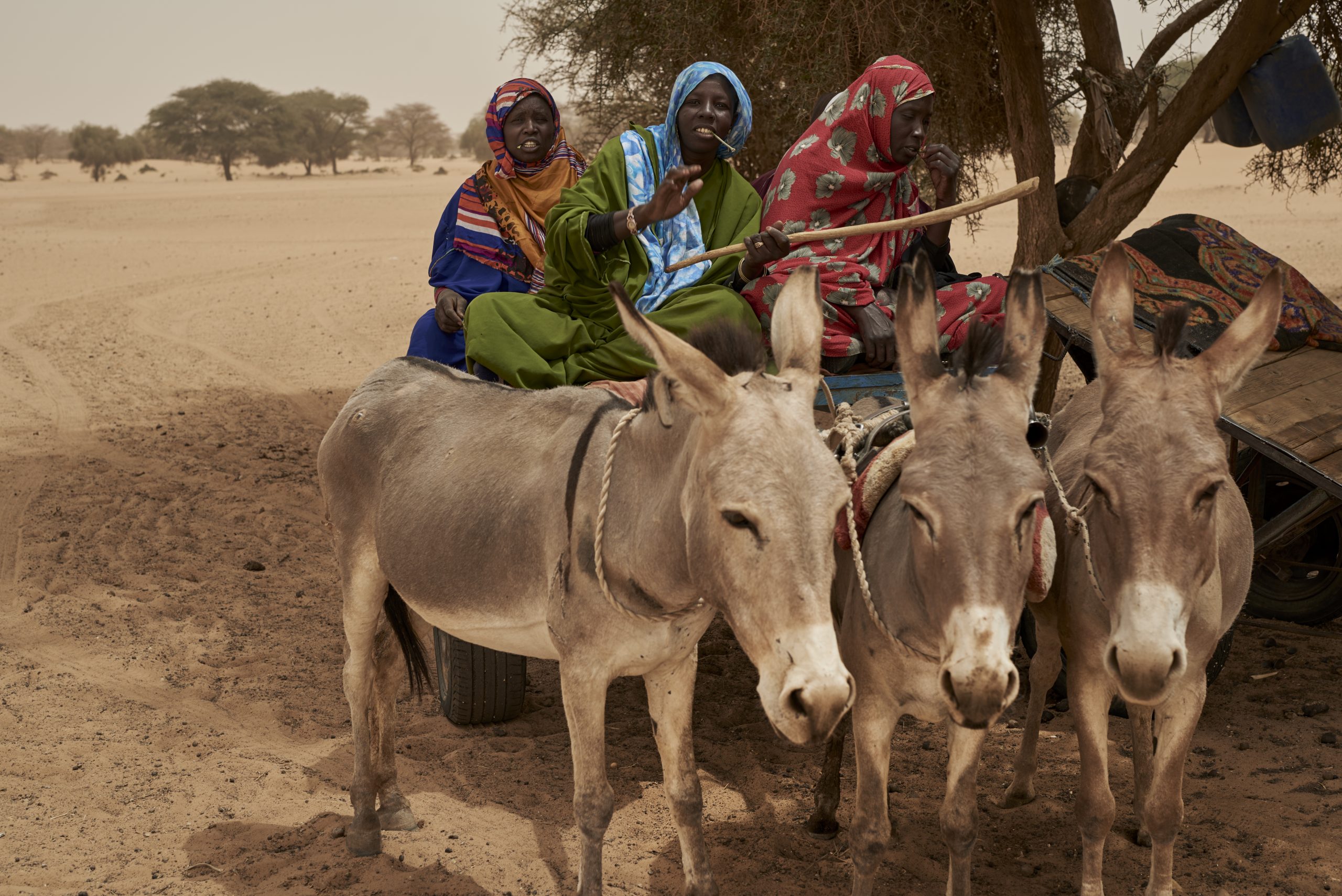
According to FAO and the World Bank, migratory movements are likely to increase as a result of desertification.© Carlos Garriga / We Are Water Foundation


